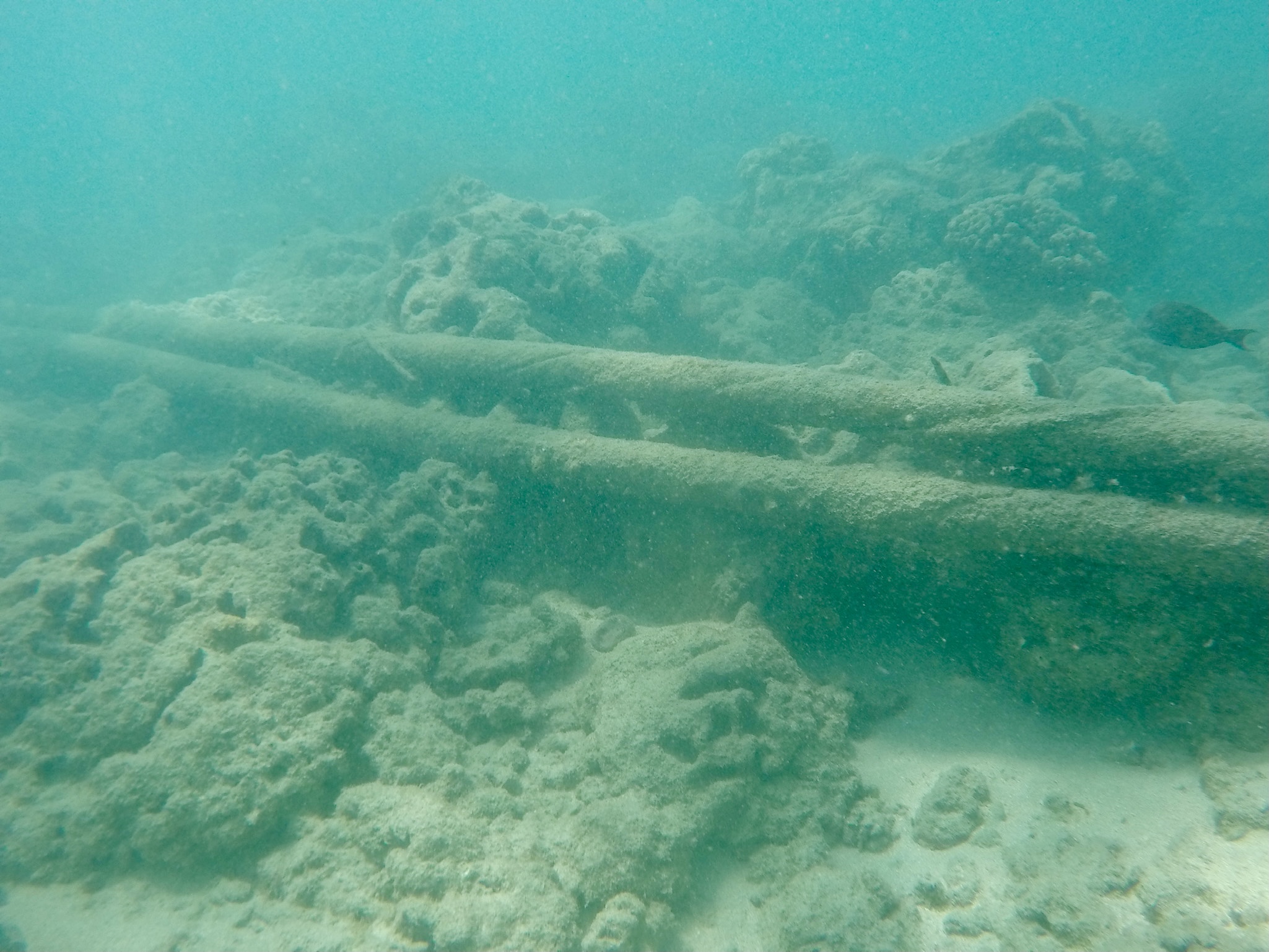In recent weeks, fighters from Yemen’s Houthi movement have reportedly knocked out four of the Red Sea’s underwater communication cables between Saudi Arabia and Djibouti. The cables, which are thought to belong to the AAE-1, Seacom, EIG and TGN systems, are among those that connect Europe and Asia. Though there has been no official confirmation that the Houthis were responsible, the cable damage proves that undersea and land cables, which bring internet connectivity to millions and sometimes billions, are now considered infrastructure worthy of attack during times of conflict, and that alternative means of connectivity are increasingly vital.
The sheer ubiquity of the internet in daily life makes the potential impact of successful sabotage enormous. The latest alleged Houthi attack, then, should be concerning governments and commercial providers, spurring them to think of alternative technology. Even disregarding deliberate sabotage, these cables are known to be vulnerable. The CSIS, the Atlantic Council and Congress have all highlighted that undersea cables are prone to disruption. In fact, there are up to 200 disruptions to cables every year, caused by accidental damage from fishing, shipping or earthquakes, for example.
What are the alternatives to undersea cabling? Elon Musk’s Starlink, which now provides coverage to more than 70 countries, including Ukraine (and, according to reports, Russia) has popularized the use of satellite internet. But even though traditional radio frequency satellite-to-ground connectivity like that offered by Starlink is an alternative, and one that supports individual end-user desired speeds, it is limited by physics to speeds well below what is required to provide the reliable, continent-to-continent connectivity currently brought via undersea cables. And though a system like Starlink dramatically reduces reliance on terrestrial infrastructure for end-user connectivity, it still relies on traditional internet infrastructure for data routing between different parts of the world. These, like the fiber-optic cables allegedly attacked by the Houthis, are at risk.
An optical ground station (OGS) network that uses lasers to communicate with satellites, in contrast, can carry data at a rate of about 100 gigabits per second – more than 1,000 times higher than that of the radio-frequency links typically used for satellite communication. The laser beam technology that connects satellite-to-satellite and ground-to-space stations is now mature, and has the speed to be a reliable and resilient alternative to traditional undersea cable connectivity, even at a time of conflict.
OGS networks also offer greater geographical flexibility. While cable-based networks inherently must be tied to the physical route and endpoints of that cable, OGS networks can rely on a mesh satellite network to be established in geopolitically stable and accessible locations, close to ground infrastructure for lower latency and less vulnerability. And free space optical communication also has the major advantage of being very hard to intercept or detect. The small, focused beam of light can be intercepted only within a 12 meter distance, meaning any threat can be anticipated and dealt with through simple observation of the direct path between the OGS and the satellite.
A familiar rebuttal to this suggestion is that since OGS networks require line-of-sight between the stations transmitting data and those receiving it, they’re susceptible to disruption in certain conditions, such as atmospheric turbulence. Indeed, differences in temperature, wind, air pressure and even atmospheric composition can degrade the quality of a point-to-point laser link, making it difficult to use. This was a valid criticism, until recently, when companies developed technology capable of preserving laser quality even in the variable context of the atmosphere.
As our daily lives become more and more intertwined with digital communications, our need for greater data transmission capabilities will increase. With that, the potential impact of interruption to data access will grow greater and greater. It’s all the more reason to take advantage of technological advances in areas like optical communications, which bring efficiency and resiliency to data flows that are currently carried along vulnerable undersea cables. The studies and reports by CSIS, the Atlantic and the U.S. Congressional Research Service have shown this. What the conflict in the Middle East and the recent attacks by the Houthis shows is that the need to adopt new technology is pressing. But the good news is that this technology exists. We have mitigation technologies that are mature enough to address the vulnerabilities of undersea cables.
Jeff Huggins is the President of Cailabs US, which develops laser-based communications systems. Jeff has had a career as a naval intelligence officer and held senior roles at several major defense companies, including Israel Aerospace Industries North America and Raytheon. At Cailabs, he drives growth in the U.S. to meet rising demands for laser comms from the defense sector.



